ENDOSCOPIC TECHNIQUES FOR OBTAINING ENTERAL ACCESS
- DPEJ tubes should be considered when percutaneous endoscopic gastrostomy (PEG) tubes are not feasible or are contraindicated.
- Postpyloric feeding (percutaneous gastrostomy with a jejunal extension or direct percutaneous jejunostomy should be considered in severely ill patients (especially those with an APACHE II score over 20).
- In patients with dementia, PEG tube placement does not enhance mortality, prevent aspiration pneumonia, improve nutritional status, or improve quality of life.
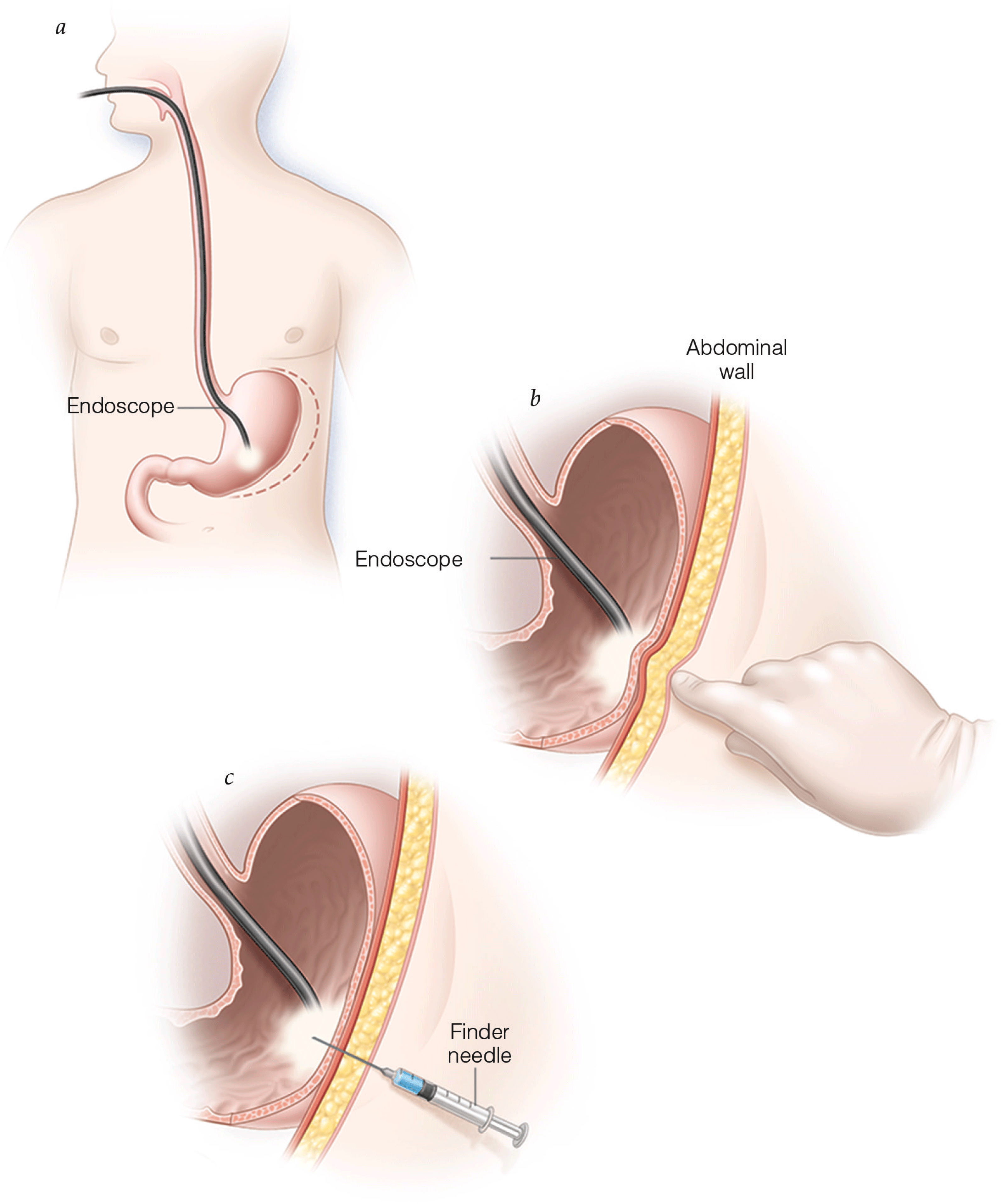
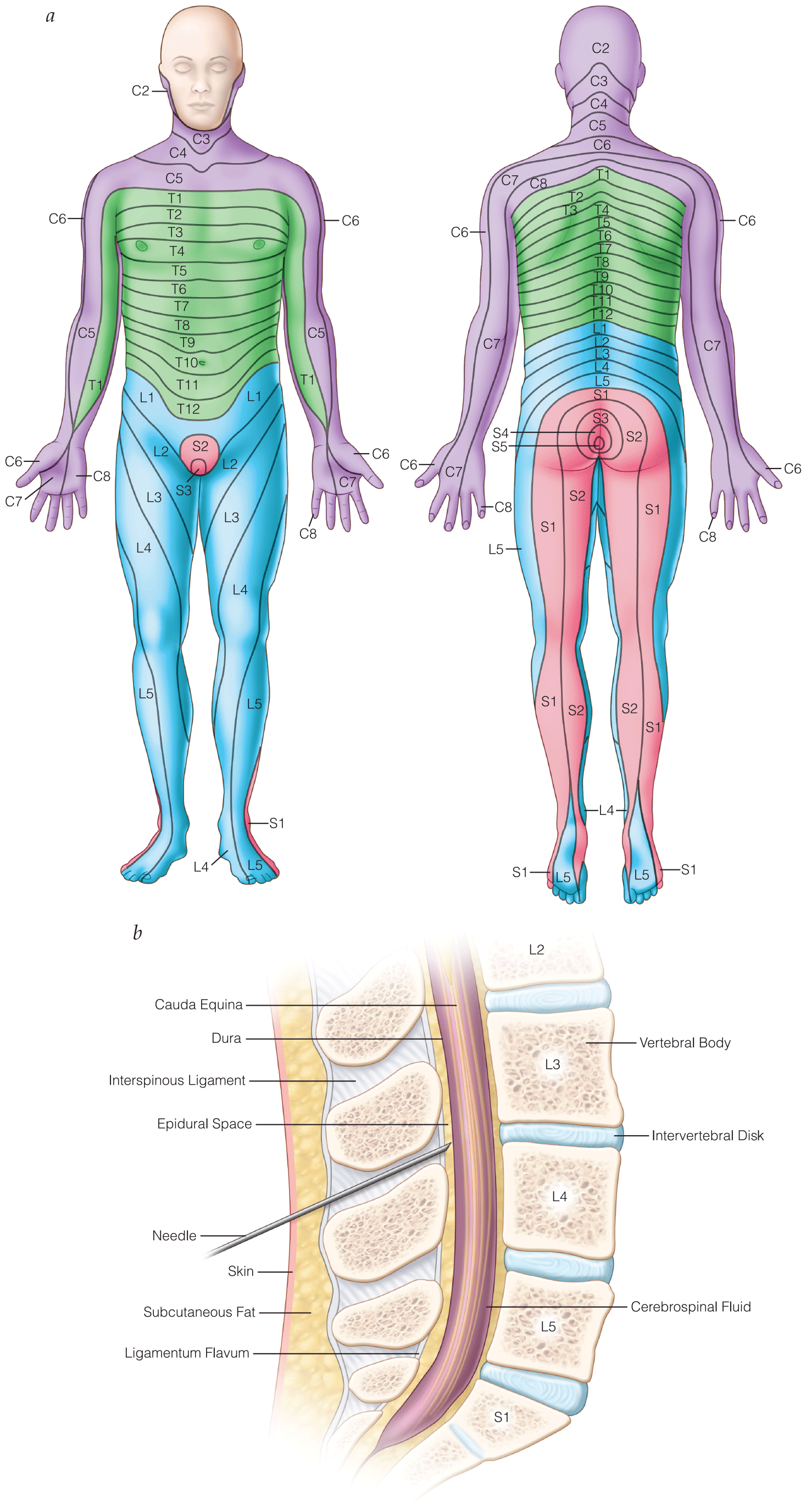
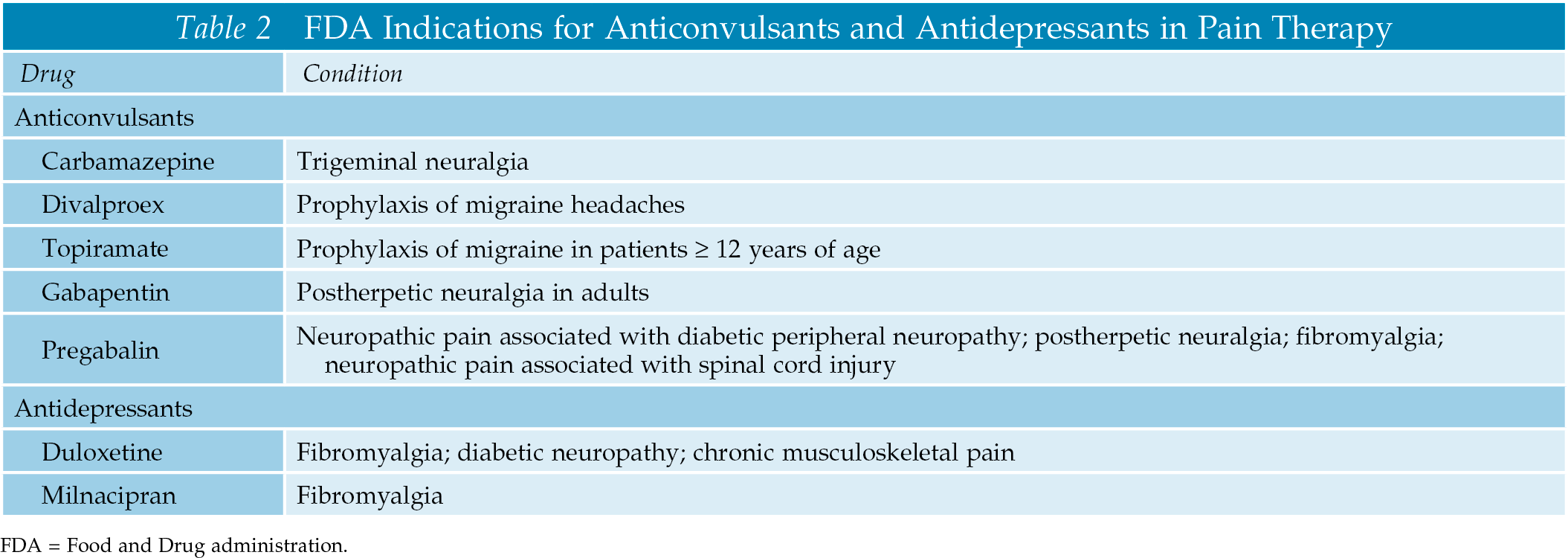
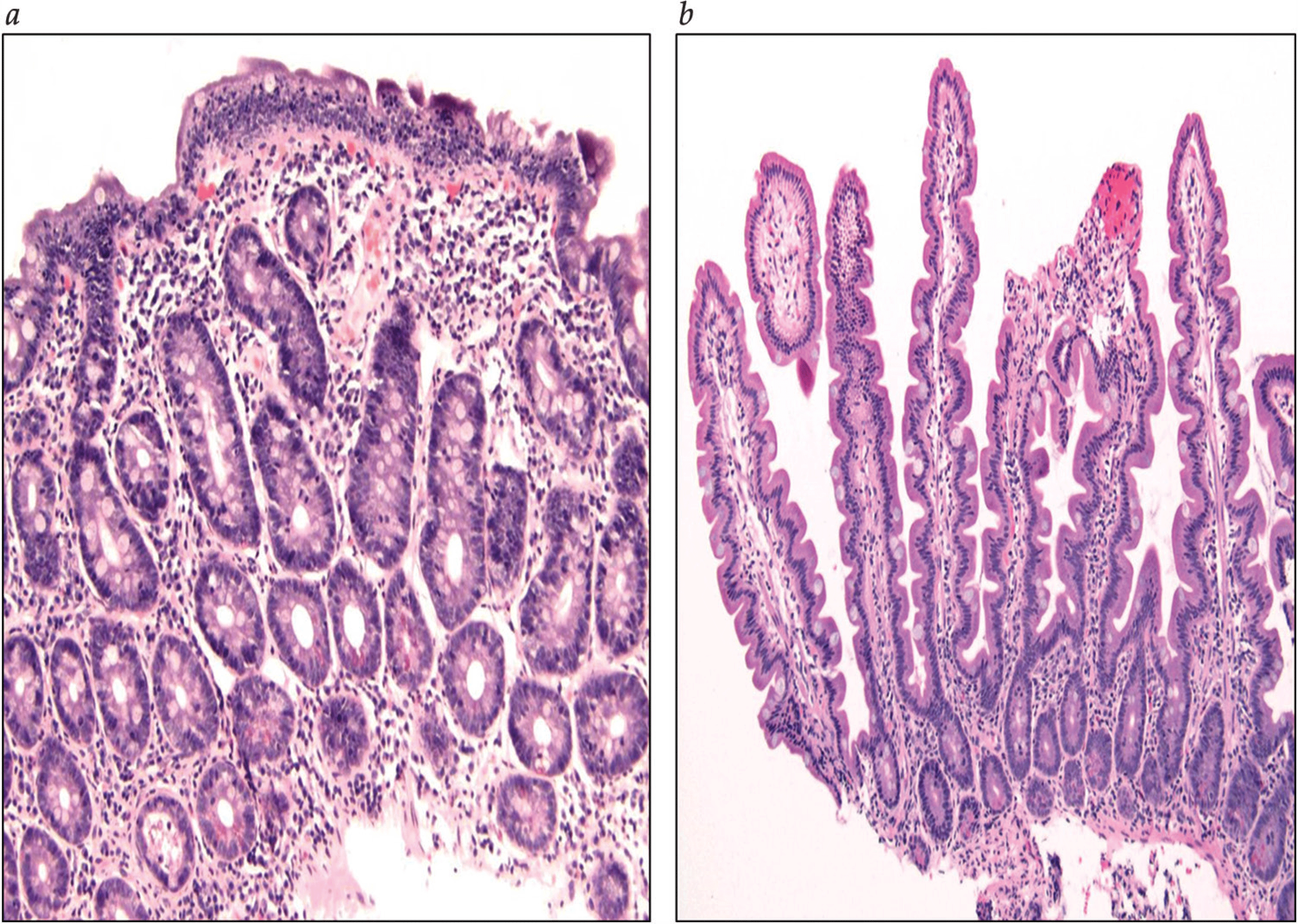
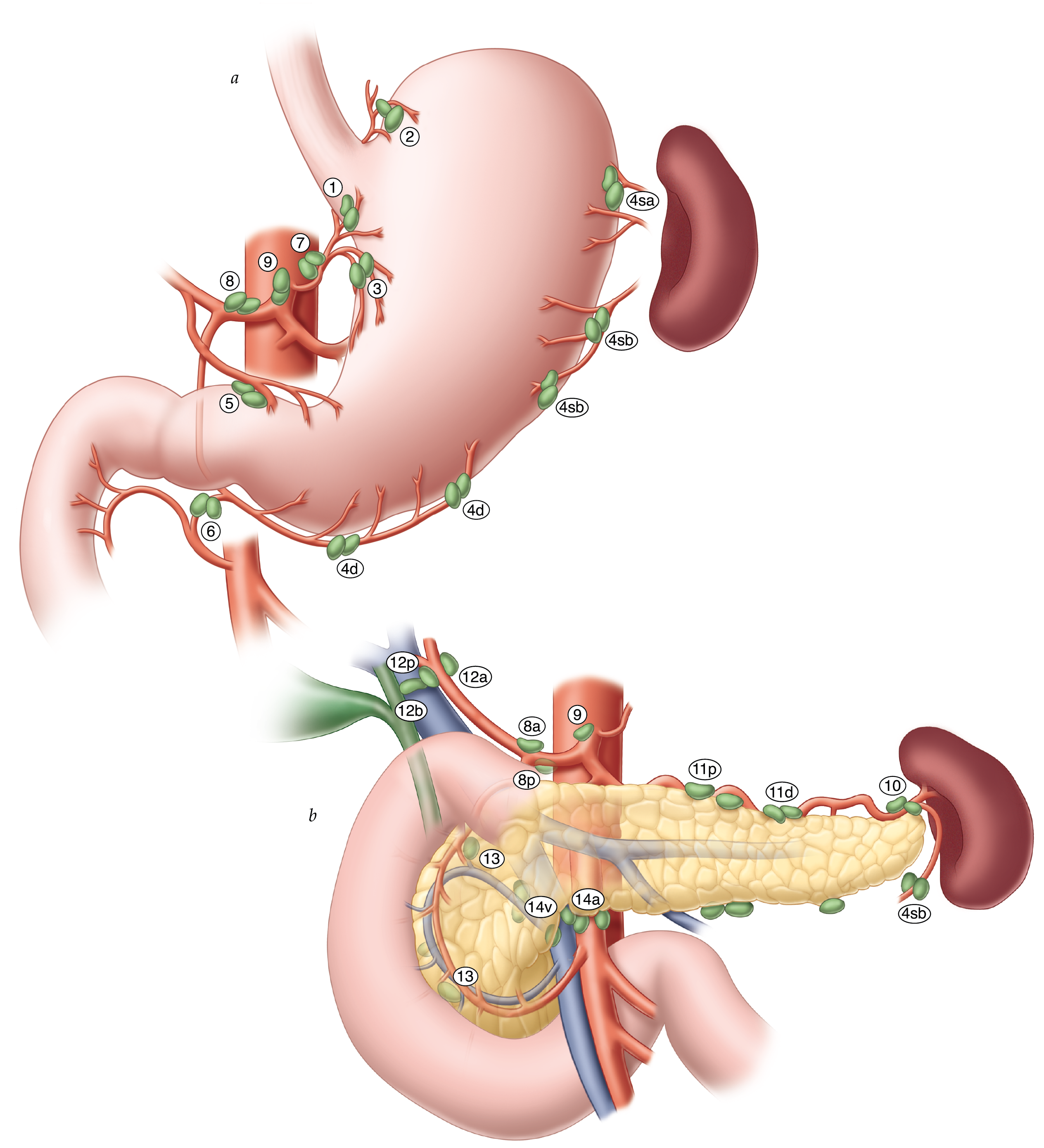
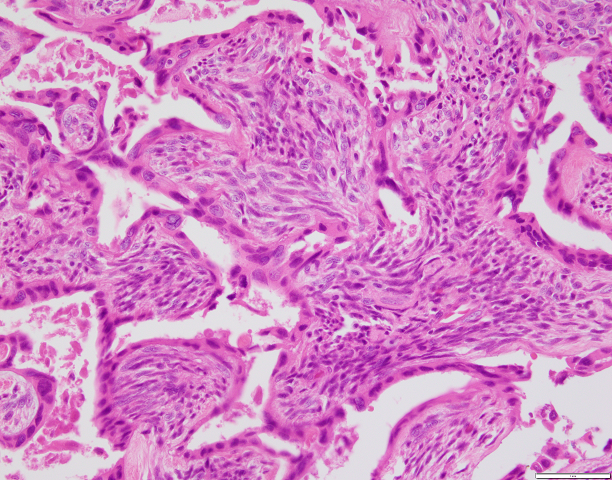
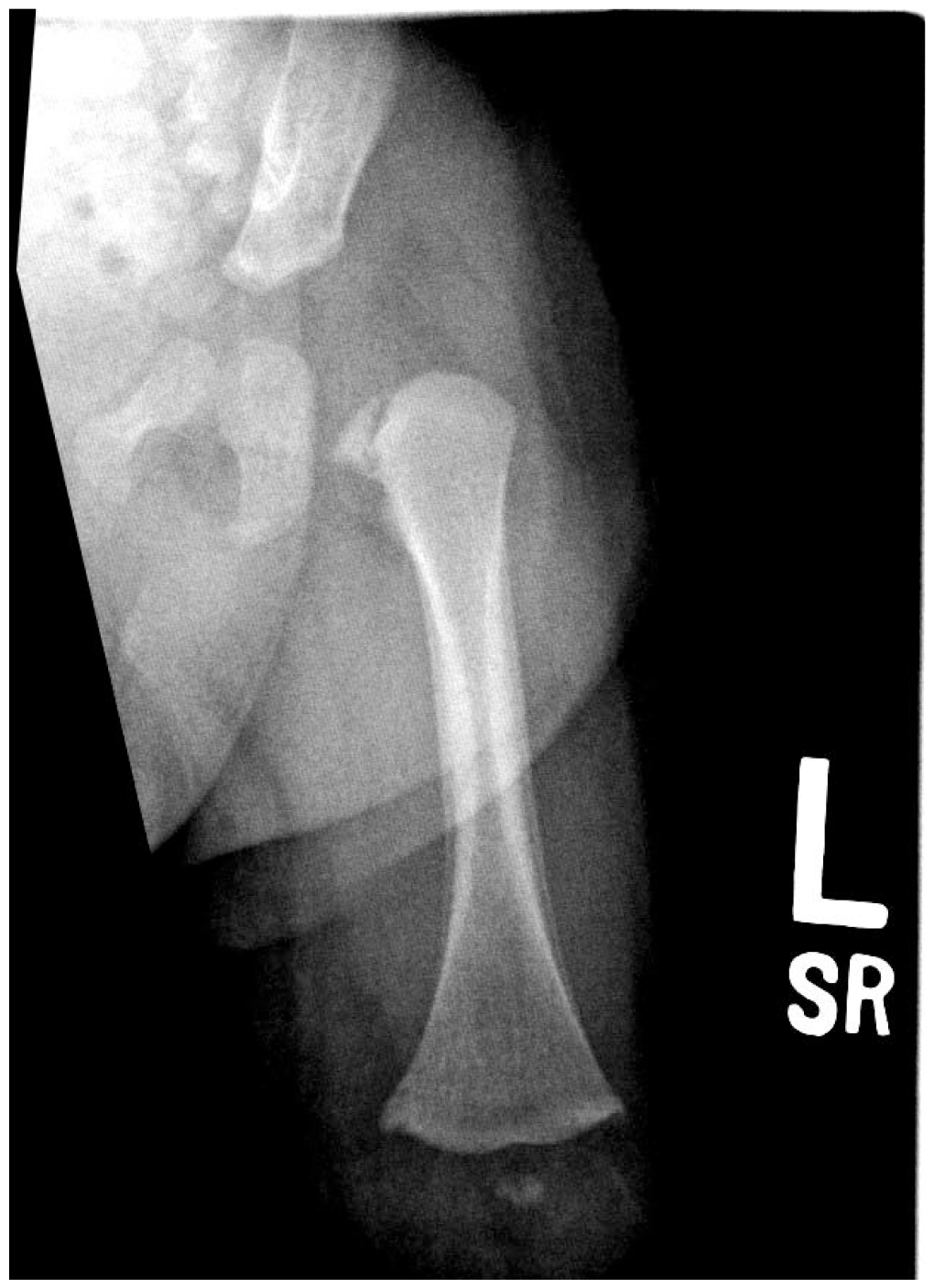


.png)







